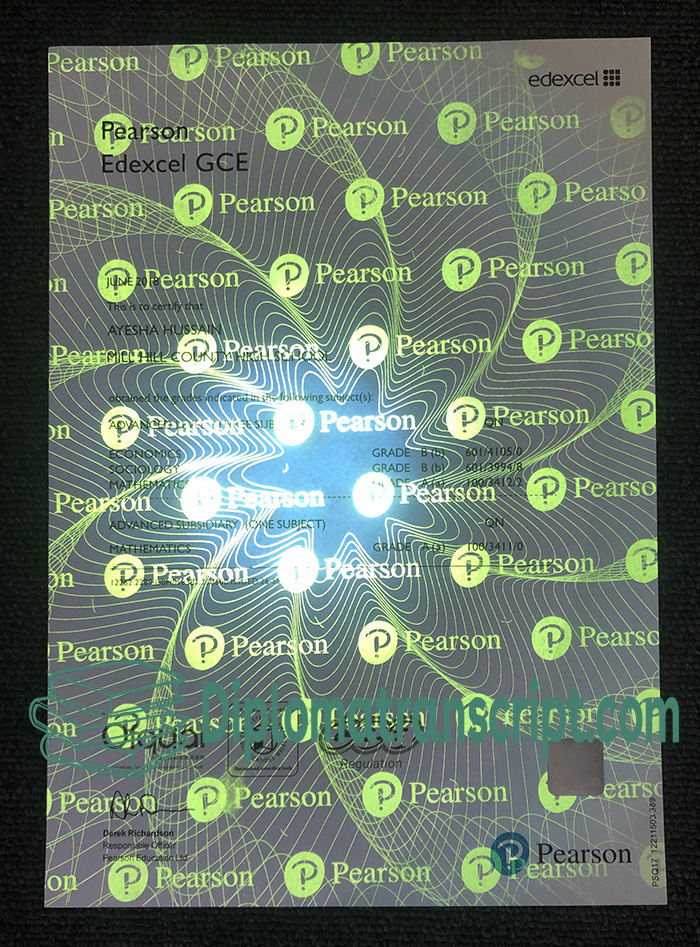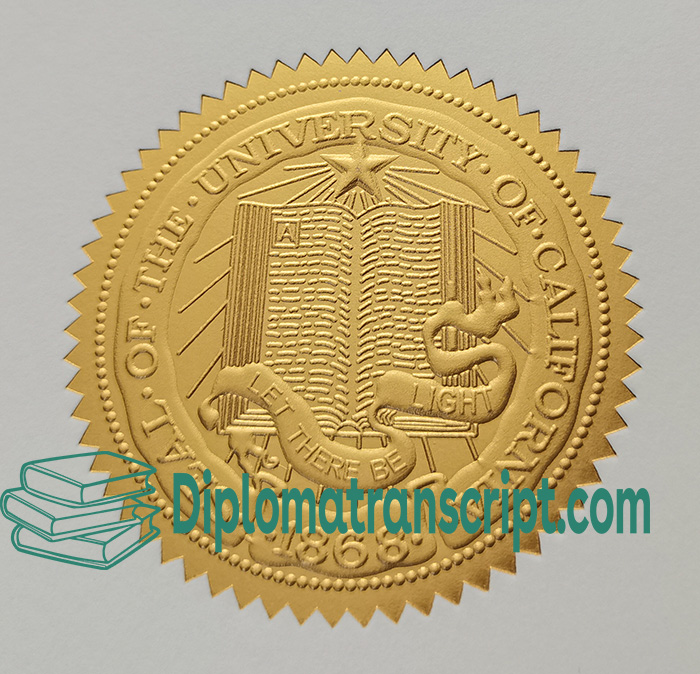Identifying fake diplomas requires a combination of methods, not only observing the details of the diploma itself, but also combining other verification methods. Here are some common methods:
1. Check the physical characteristics of the diploma

Paper quality: Formal diplomas usually use special paper, which may have watermarks, anti-counterfeiting lines or special textures. Paper color, thickness.
Printing quality: The printing of real diplomas is usually clear and fine, while fake diplomas may be blurred, uneven in color or have typesetting errors. Get Pearson edexcel GCSE certificate fluorescent anti-counterfeiting.

Seals and signatures: Formal diplomas will have the official seal and signature of the person in charge of the school or educational institution, while the seal of a fake diploma may be photocopied and lack three-dimensionality. Check whether the signature is correct. The signature of the principal is different in different years. Gold stamping embossed seal, real gold seal.
Like the golden seal of the University of California, Berkeley

2. Check school information
School name and logo: Confirm that the school name and logo on the diploma are consistent with the official website. Some fake diplomas will use similar names or fake schools.
Degree and major name: Check whether the degree (such as bachelor, master) and major name are consistent with the courses offered by the school.
3. Contact the school or educational institution
Direct verification: The most reliable method is to contact the registrar’s office of the school or educational institution that issued the diploma to verify the student’s graduation information.
Online verification system: Some countries or schools provide online academic verification services.
4. Check the diploma number
Formal diplomas usually have unique numbers, and the authenticity can be checked through the system of the school or educational department.
5. Observe language and format errors
Fake diplomas may have grammatical errors, spelling errors, or do not conform to the format of formal diplomas (such as date format, degree award statement).
6. Use third-party verification services
Some companies or institutions provide academic verification services, and you can verify the authenticity of the diploma through them.
7. Background check
In conjunction with an interview or background check, ask the candidate for specific details about the school, major, and course. Fake diploma holders may not provide accurate information.
8. Be wary of institutions that “quickly obtain diplomas”
If the candidate claims to have obtained a diploma through informal channels (such as “quick graduation” or “exam-free” institutions), it is very likely that the diploma is a fake.

 Find Answer Here
Find Answer Here